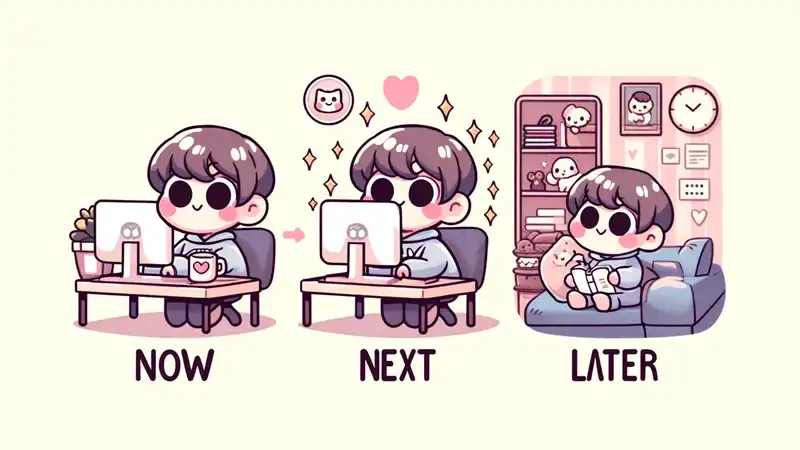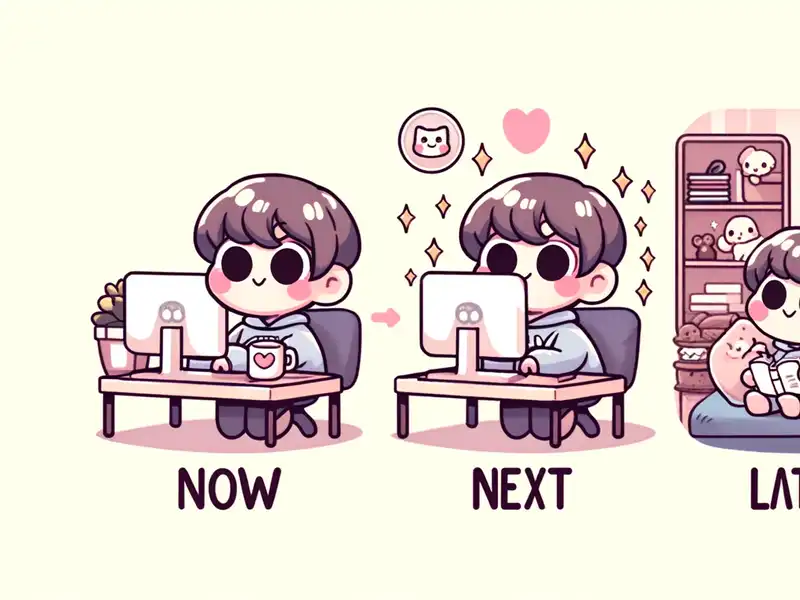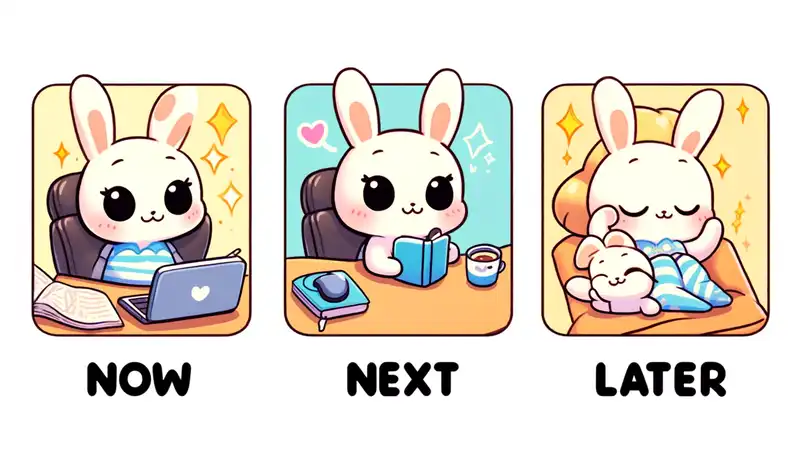Leaders need to show vision, plans and progress up and down the chain. Using the now, next, later format helps gather and format ideas into a shareable intelligent format.
The Now, Next, Later Framework
A leader must develop and show a vision to the organisation. This vision needs to be aligned to the organisation’s overall strategy. The team needs to feel they are achieving material progress towards strategic goals quarter by quarter. The now, next, later framework helps formulate these in a structured manner and can help create a roadmap for success.
When leading larger teams the now, next, later framework is very useful as a crowdsourcing tool to develop a picture of what your organisation’s individual groups may be prioritising. It works from one team up to whole organisations.
The Now, Next, Later data aggregation, planning and display framework is great in these situations, especially when a quick roadmap or visualisation is required. Created by Janna Bastow, it is flexible, quick to teach and easy to keep up to date. Janna suggests using it instead of traditional roadmaps and if you work for a company that allows this, great. If not it is still useful as a discovery and display tool as you to understand the high level plans for an area to adapt into whatever format may be mandated.
Fundamentally the now, next, later roadmap consists of three columns showing work across three time horizons.
- Now: things being worked on now
- Next: things in plan/ready to work on next
- Later: things that might be a good idea to do in the future
It’s that simple. Any ticket-based management software (MS Whiteboard, ProdPad, MIRO) can accommodate it, failing that use excel or a physical board and post-its. Janna goes into great detail in her post Why Janna Invented the Now-Next-Later Roadmap.
Using the Framework


The combination of freedom within constraints make this tool excellent in group sessions and will build out to a solid base for your next step, whether that’s refining what’s next or digging into multiple streams to produce a formal, standard roadmap.








